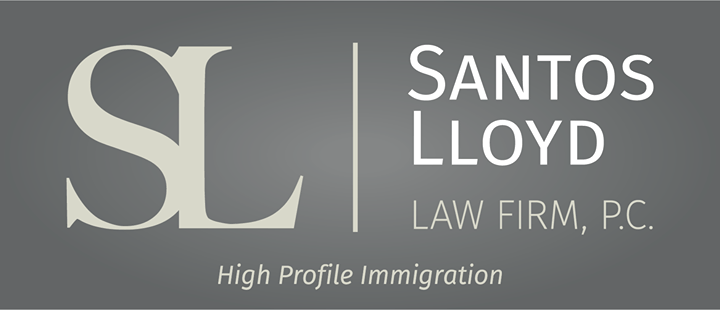Plan B : Autres voies d'accès à l'emploi aux États-Unis pour les étudiants étrangers F-1 si la sélection pour le plafond H-1B n'est pas atteinte
Click here to read this article in English

Préparer la rentrée scolaire
Pour les étudiants à la recherche d'un emploi aux États-Unis, s'inscrire à un programme universitaire qui propose une formation pratique au jour 1 (CPT) est une autre option viable. Les étudiants peuvent ainsi commencer à travailler immédiatement, tout en poursuivant leurs études. En outre, les étudiants qui ont déjà obtenu une offre d'emploi peuvent être en mesure de travailler dans le cadre d'un CPT en attendant le résultat de leur pétition H-1B dans le cadre du plafond annuel. Pour profiter pleinement de cette période prolongée, il serait judicieux de s'inscrire à la loterie du plafond H-1B avant l'expiration de la période OPT.
Envisagez le visa L-1 si vous travaillez pour une multinationale
En tant qu'option viable pour les professionnels à la recherche d'un emploi à long terme aux États-Unis, travailler pour une multinationale à l'étranger pendant un an, puis être transféré à l'intérieur de l'entreprise au moyen d'un visa L-1, peut offrir de nombreux avantages stratégiques. Le visa L-1, conçu spécifiquement pour ce type de transfert, permet aux employés de sociétés multinationales de rejoindre une filiale, une société affiliée ou une société mère aux États-Unis. Le visa L-1 est un visa à double intention qui permet de rechercher des opportunités de travail et d'études temporaires dans le pays, ainsi qu'une résidence à long terme. Sa durée de validité est de 5 à 7 ans. Bien que cette voie exige que l'individu travaille à l'étranger pendant un an, elle peut s'avérer une solution à long terme intéressante pour travailler aux États-Unis.
Visa TN pour les ressortissants canadiens et mexicains
Le visa TN est une catégorie de visa non immigrant qui permet aux citoyens canadiens et mexicains de travailler temporairement aux États-Unis dans certaines professions libérales, conformément à l'accord États-Unis-Mexique-Canada (USMCA). Les conditions d'obtention d'un visa TN comprennent une offre d'emploi d'un employeur américain, un emploi préétabli à temps plein ou à temps partiel dans l'une des professions éligibles, un diplôme de licence ou son équivalent, ainsi qu'une preuve des qualifications professionnelles. La durée de validité d'un visa TN varie en fonction de la durée de l'offre d'emploi, mais il peut être délivré pour une durée maximale de trois ans et peut être renouvelé indéfiniment.
Entrepreneurs et investisseurs
Pour ceux qui ont l'esprit d'entreprise, les visas E-1 et E-2 sont conçus pour les personnes engagées dans le commerce international avec les États-Unis. Ces visas permettent à leur détenteur de travailler aux États-Unis tout en menant des activités commerciales importantes entre les États-Unis et leur pays d'origine. Chacun de ces visas offre des possibilités et des conditions uniques, et il est important de consulter un avocat spécialisé dans les questions d'immigration pour déterminer celui qui convient le mieux à votre situation personnelle.
Demander un permis de travail pour personne à charge
Pour les personnes mariées, les options de visa de conjoint peuvent également être une alternative possible. Le document d'autorisation de travail (EAD) H-4 permet aux conjoints éligibles de titulaires de visas H-1B d'obtenir l'autorisation de travailler aux États-Unis, à condition que le conjoint principal dispose d'un I-140 approuvé. Les visas L-2 et E-2 pour les personnes à charge sont des options pour les conjoints des détenteurs de visas L-1 et E-2 respectivement. Contrairement au visa H-4, qui exige que le conjoint principal titulaire d'un visa H-1B dispose d'un document I-140D approuvé, les conjoints titulaires des visas L-2 et E-2 sont considérés comme des personnes autorisées à travailler en vertu de leur statut et n'ont pas besoin de demander un document d'autorisation d'emploi. Ces visas de conjoint peuvent constituer une source importante de revenus et de soutien pour la famille pendant que le titulaire du visa principal s'établit aux États-Unis.
Conclusion
Il est important que les étudiants considèrent toutes leurs options et travaillent avec un avocat expérimenté en matière d'immigration afin de déterminer la meilleure marche à suivre. Bien que le plafond H-1B puisse être un processus frustrant et difficile, il existe toujours des voies de réussite pour les étudiants étrangers. Avec une planification minutieuse et de la persévérance, les étudiants peuvent atteindre leurs objectifs et construire une carrière réussie aux États-Unis.
Ce blog n'est pas destiné à fournir des conseils juridiques et rien ici ne doit être interprété comme établissant une relation avocat-client. Veuillez prendre rendez-vous avec un avocat spécialisé en droit de l'immigration avant d'agir sur la base de toute information lue ici.






